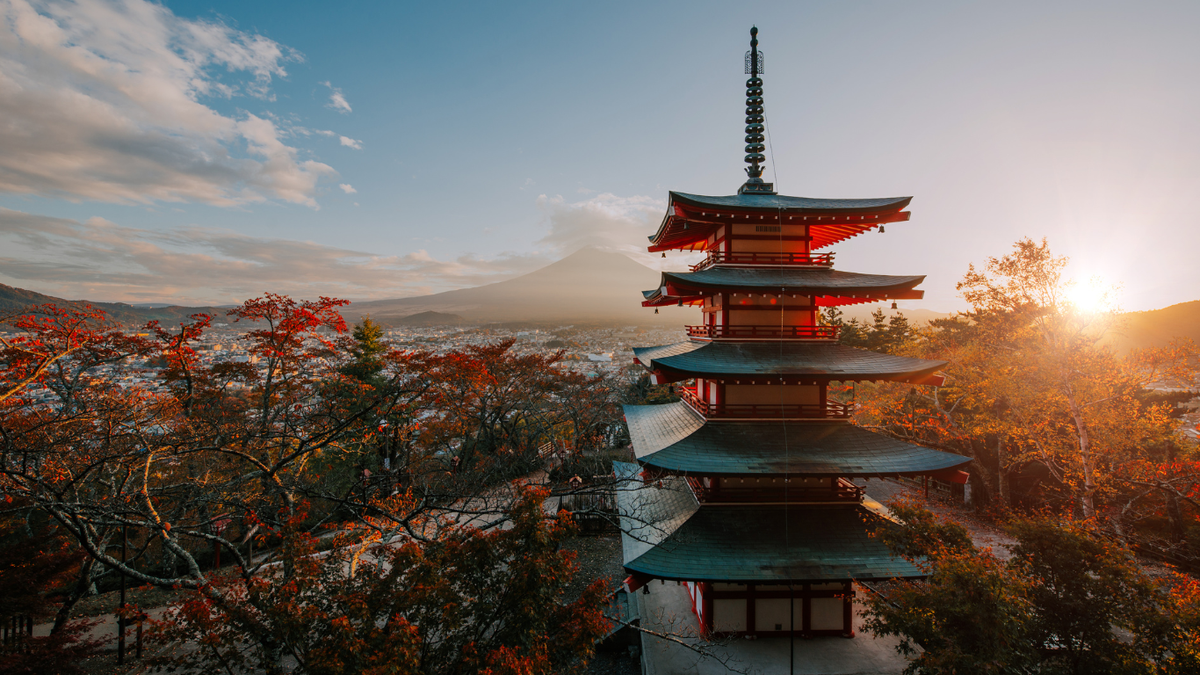The Best Time Of Year To Visit Japan: Complete Guide
Not sure when you want to travel to Japan? In this month to month guide, we break down the best times of year to visit Japan! Lets take a look at the weather, tourism seasons, and national events and holidays, so that you know exactly what it is you can expect.

Japan Travel Seasons
Japan is a country of incredible natural beauty and fascinating traditions. Each season offers something unique, from cherry blossoms in spring to vibrant autumn foliage. To make the most of your visit, consider the best time to travel to Japan based on your interests and budget.
Peak Season
The peak tourist months in Japan are April, May, and October. During this time, the weather is usually pleasant, with mild temperatures and low rainfall. Spring, especially, is famous for cherry blossoms, attracting visitors from all over the world. Fall offers breathtaking autumn colors, making it another popular time for tourists.
- Weather: Spring temperatures range from 50°F to 70°F (10°C to 21°C), while autumn is similar. Rainfall is moderate, with occasional showers.
- Travel Tips: Book accommodations and popular activities months in advance to secure the best options and prices.
Shoulder Season
The shoulder months of March, June, September, and November are great times to visit Japan. The weather is generally good, with fewer crowds and slightly lower prices.
- Advantages: These months offer a balance of good weather, lower prices, and fewer tourists. It’s a great time to enjoy Japan's attractions without the peak season crowds.
- Weather: Temperatures in March and November are cooler, ranging from 40°F to 60°F (4°C to 15°C), while June and September are warmer, around 60°F to 80°F (16°C to 27°C).
Off-Season
Japan’s off-season is during the winter months of December, January, and February, as well as the summer month of August.
- Benefits: Visiting during the off-season can mean reduced prices and a quieter experience, particularly in winter.
- Downsides: Winter can be cold, especially in the north and mountainous regions, with temperatures dropping below 32°F (0°C). Summer, particularly August, is hot and humid, often with temperatures above 85°F (29°C), and there can be heavy rainfall and typhoons.
- Closed Attractions: Some attractions, particularly those in mountainous or rural areas, may have reduced hours or be closed in winter.
